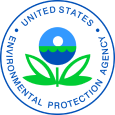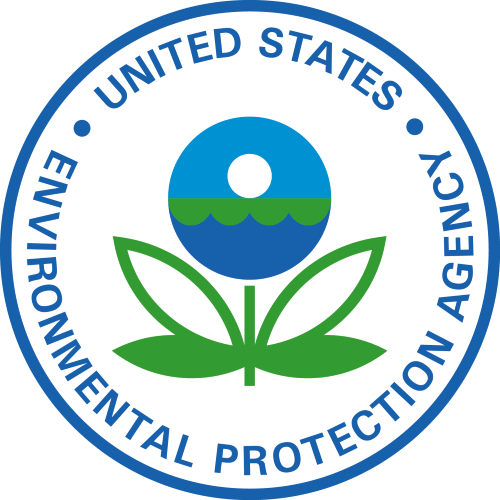Environment
Protecting the environment is a top priority for natural gas and pipeline companies, and INGAA’s members deliver clean, abundant, affordable natural gas throughout North America. Natural gas is the cleanest burning fossil fuel and, as demand for energy increases, expanded use of natural gas has helped improve air quality across the…
Protecting the environment is a top priority for natural gas and pipeline companies, and INGAA’s members deliver clean, abundant, affordable natural gas throughout North America. Natural gas is the cleanest burning fossil fuel and, as demand for energy increases, expanded use of natural gas has helped improve air quality across the country by offsetting the use of higher carbon-intensive fuels. According to the EIA, between 2005 – 2019, carbon dioxide emissions from the U.S power sector declined by 33%, with natural gas accounting for more than half of those reductions.
Because natural gas is primarily made of methane, a potent greenhouse gas, the natural gas industry is working hard to lower its emissions. In the past 30 years, the industry has reduced the number of pipeline leaks by 94 percent through pipeline integrity and maintenance programs and continued investment in new pipeline facilities. That work has prevented 122 million metric tons of carbon dioxide-equivalent emissions.
Additionally, INGAA analyzed the methane emissions data that the transmission and storage sector reported to EPA between 2011-2019 under Subpart W of the mandatory Greenhouse Gas Reporting Rule. The data showed that between 2011 and 2019, average methane emissions from transmission and storage natural gas compressor stations decreased by 31 percent, even with the number of these reporting facilities increasing from 465 to 661 over the same time period. This reduction is equivalent to removing a total of 1.5 million passenger vehicles from the road between 2011 and 2019.
INGAA’s members are determined to modernize our nation’s interstate natural gas delivery network infrastructure, reduce emissions from our operations and address the climate crisis by working together as an industry towards achieving net-zero GHG emissions by 2050. Learn more about INGAA’s commitment to helping address climate change by reviewing our climate statement.

The following are a few of the agencies that regulate natural gas pipelines:
The Federal Energy Regulatory Commission (FERC) regulates such things as natural gas transportation rates, pipeline capacity, pipeline siting and natural gas quality requirements.
The U.S. Department of Transportation (DOT) Pipeline and Hazardous Materials Safety Administration (PHMSA) and their state and local agents provide regulation for the safe transportation of natural gas through pipelines.
The U.S. Environmental Protection Agency (EPA), the Fish and Wildlife Service and state environmental protection agencies provide regulations for protection of the environment and cultural resources during the construction and operation of pipeline facilities.
The U.S. Occupational Safety and Health Administration (OSHA) provides regulation for the safe working place for personnel.
As the cleanest of all fossil fuels, natural gas is quickly becoming the fuel of choice for the future. It also is safe, inexpensive and easily available in many places around the United States. These qualities are helping to boost consumer demand, which at more than 22 trillion cubic feet per year is an all-time high.
The U.S. Energy Information Administration (EIA) estimates that demand for natural gas will reach 30 Tcf by 2012. This means that the natural gas pipeline industry must respond with more facilities to supply the additional demand for natural gas.






